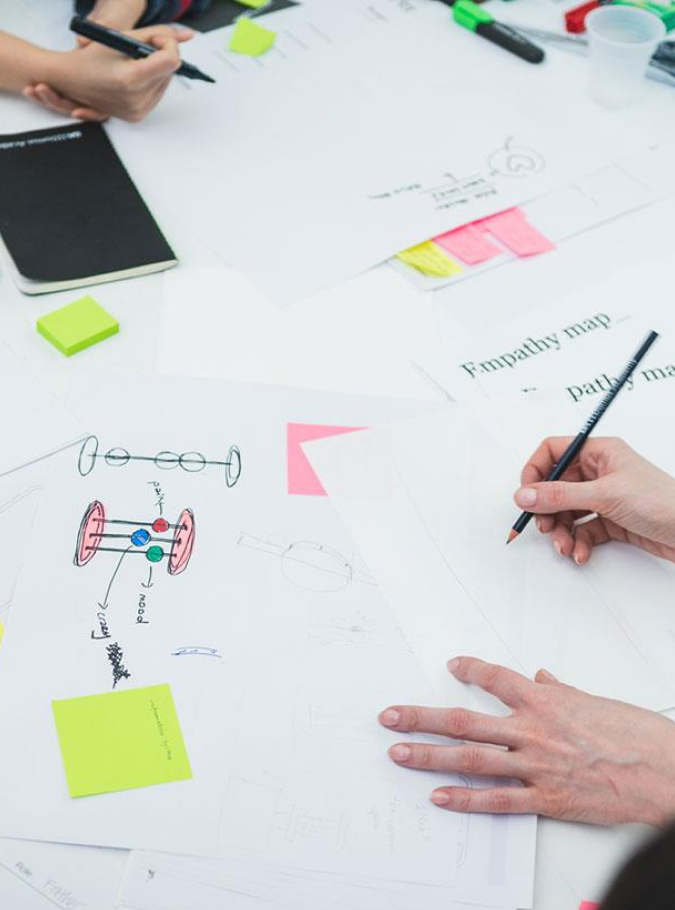|
|
||||||
|
|
||||||
|
||||||
|
|
||||||

|
||||||
|
|
||||||
|
The growing value of accessible design
|
||||||
|
|
||||||

|
||||||
|
|
||||||
|
As our world becomes increasingly digital-first, people whose disabilities make it difficult to use new technologies are being overlooked. The moral argument for accessible design can’t be overstated. Neither can the business case: In 2018, the total discretionary income of working-age adults with disabilities was $21 billion.
Designing for this audience can improve lives while generating a huge ROI. And when it leads to innovation on a wider scale, the possibilities for business gains are endless. It’s not just the 1 billion people in the world with disabilities who can benefit from accessible design: every single one of us can, because accessible design is better design. |
||||||
|
|
||||||
|
|
||||||
|
||||||
|
|
||||||
|
|
||||||
|
||||||

|
||||||
|
|
||||||
|
3 ways companies can embed accessible design into their DNA:
|
||||||
|
|
||||||
|
||||||
|
||||||
|
||||||
|
||||||
|
|
||||||
|
||||||
|
||||||
|
|
||||||
|
What we’re reading
|
||||||
|
|
||||||
|
||||||
|
|
||||||
|
||||||
|
|
||||||
|
|
||||||

|




